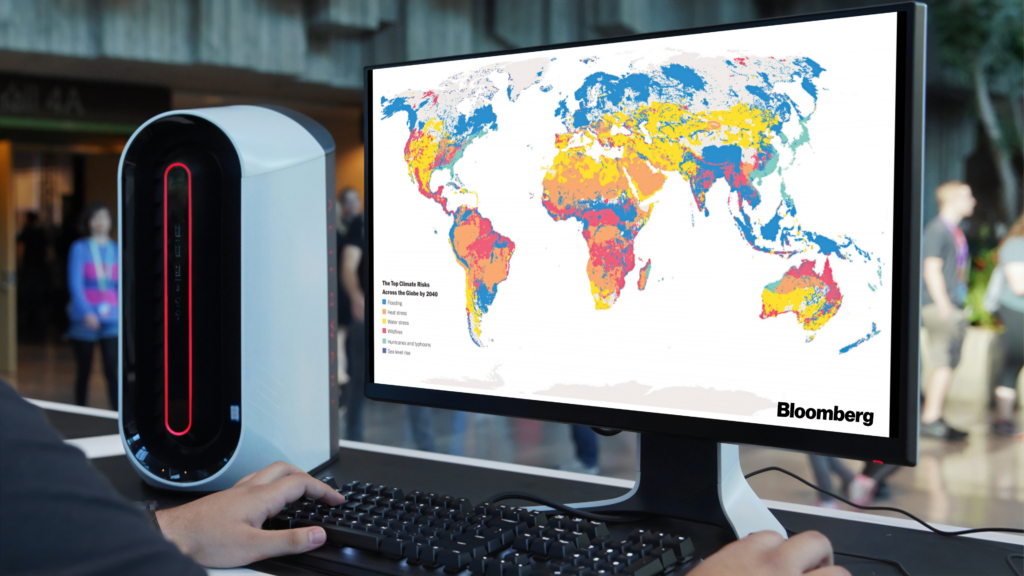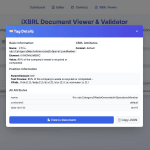Bloomberg Launches First Physical Climate Risk Indicators

Intuitive science-based physical risk indicators now available on the Bloomberg Terminal and via Bloomberg Data License
Bloomberg and Riskthinking.AI announce the launch of the first physical risk indicators that account for every climate scenario endorsed by the Intergovernmental Panel on Climate Change (IPCC).
Combining Bloomberg’s data on more than 1 million physical assets with Riskthinking.AI’s highly granular dataset of global climate change projections and proprietary methodology, the indicators provide Bloomberg users with a new and powerful way to assess their exposure to floods, droughts, wildfires, and other climate vulnerabilities.
The impact from extreme weather events is of growing concern to investors as well as regulators who are requiring or planning to require the disclosure of climate-related risks in accordance with various reporting regimes. Those regimes include, for example, the Corporate Sustainability Reporting Directive (CSRD) in Europe, the Task Force on Climate-Related Financial Disclosures (TCFD) recommendations and IFRS Sustainability Disclosure Standards in a number of key jurisdictions, and more.
To help investors and companies better understand their exposure to climate-related risk, Riskthinking.AI uses Bloomberg’s physical assets data on nearly 50,000 companies—covering over 1 million manufacturing sites, energy plants, mining operations, office buildings, and retail sites—to calculate a company’s physical risk exposure level. Riskthinking.AI applies a bottom-up methodology analyzing the climate conditions at each asset location, which enables users to drill down to the individual assets of a parent company so specific threats can be analyzed. These indicators can also be used in combination with Bloomberg’s global supply chain data to reveal physical vulnerabilities of key suppliers that may negatively impact company operations.
Related Article: S&P Global Enhances Climate Credit Analytics to Assess Physical and Transition Risks
By considering every climate scenario endorsed by the IPCC, the indicators are the first to take a truly stochastic approach that accounts for numerous possible future outcomes, including tail events that other models may ignore. The indicators intuitively express the physical risk exposure level for a company on a scale of 0 to 100 with high, moderate, and low classifications, and forward-looking projections up to the year 2050. Users have access to the documentation detailing the underlying calculations, so they can reference these indicators for reporting on climate-related risks, in line with the CSRD and the recommendations of the TCFD and the IFRS Sustainability Disclosure Standards.
“Achieving reliable assessment of exposure to physical hazards relies on large amounts of geospatial and climate data to effectively account for the uncertainty inherent in future projections,” said Patricia Torres, Global Head of Sustainable Finance Solutions at Bloomberg. “By bringing together cutting-edge climate science with investor grade physical assets data, we can help investors and companies to better navigate the increasingly complex financial and regulatory environment regarding physical risk.”
“Our pioneering methodology enables investors to use the uncertainty inherent in climate modeling as a strength to support better investment decisions,” said Dr. Ron Dembo, CEO and Founder, Riskthinking.AI. “We don’t rely on a single model or scenario when managing risks or defining a strategy. Our outputs consider climate projections from 51 leading climate research centers and universities to capture a broad range of possible future outcomes.”











